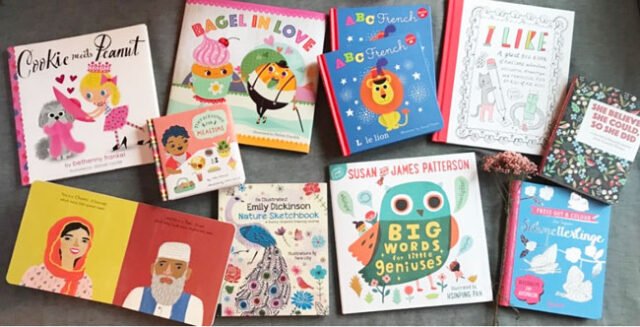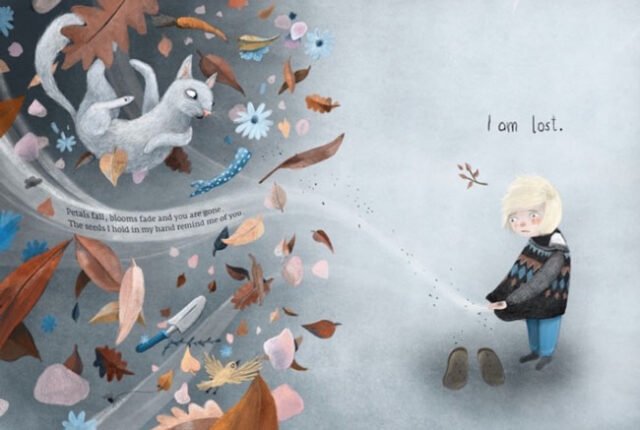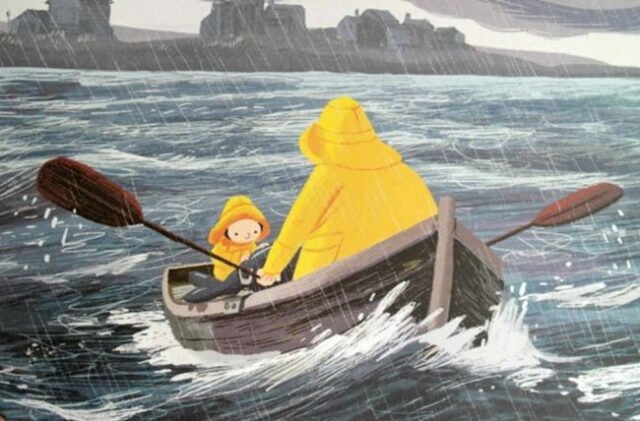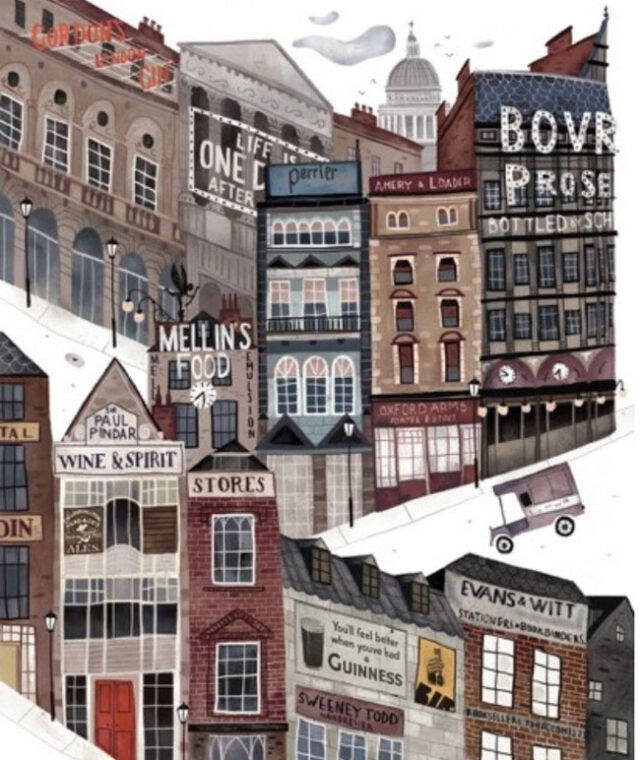
Lilla’s artists work on tons of kids’ picture books every year. Let her show you how they got the gigs in her raved about online course, Illustrating Children’s Books
Do you dream of illustrating your own children’s book (or books)? Imagine passing by a book shop and seeing your art in the window, or visiting the library and hearing a child exclaiming over the pictures you created! There’s something really magical about immersing yourself completely in a text and bringing it to life for generations of children to enjoy.

Work from a previous Illustrating Children’s Books course by MATS student Agnes Ofner
In our raved-about e-course, Illustrating Children’s Books, which runs for the seventh time from July 1st 2019, you’ll create exactly what an art director needs to see for you to get a children’s book gig: a full page spread, a character page, a front cover and more, in just five weeks. Plus, the course is jampacked with tons of downloadables, advice and live weekly reviews from your co-teachers, top art agent Lilla Rogers and brilliant children’s book art director Zoë Tucker.

Work from a previous Illustrating Children’s Books course by MATS student Stephanie Hofmann
The course digs deep into all aspects of creating a children’s book pitch, including how to create memorable characters, what an art director looks for when commissioning a gig, how to pitch, and so much more. In this newsletter, we’re going to be sharing some of Zoë Tucker’s valuable tips from week 4, when we discuss environments, or the background of each page.
ZOË’S TIPS
TIP #1: Don’t be too obvious, think outside the box
Zoë writes: You can create contrast with your story, by choosing a setting that is unexpected. For example, we’re all used to seeing Red Riding Hood in the woods, right? Years ago, the illustrator Zoe Waring showed me a version of the story set in an urban setting, with Red Riding Hood riding around on a little scooter through the city streets! Brilliant, original and memorable (it was about 15 years ago and I still remember it)!
You could use photographs in the background, like this example below. How would that look?

Adorable bunny by Chris Chatterton
There is no right or wrong here, you can literally do anything in any style. Sketch on location if you can (forest, town, beach etc) to get a feel for color, light and shape.
Here’s Helen Stephens and her drawing of the supermarket:

How to Hide a Lion from Grandma, by Helen Stephens
See how she’s let the scene peter out on the left (we call this cutting to white in the biz).
So you’re not confident with big scenes? OK. Let’s look at a more simple one. What do you see?

Nicola Slater
A simple line drawing in the background tells us they are in an urban setting. This might be their schoolyard.
So, you don’t need to be fussy or complicated, you just need to convey the information necessary. If it’s raining, add some puddles and rain. Are we in the forest? Let’s see some tree trunks and perhaps a few leaves falling down.
TIP #2: Make sure you add lots of personality and fun to your simple scene, otherwise it might be a little bland and boring!

Jon Klassen
Simple, but instantly recognisable as Jon Klassen. Look at that page composition! What do you think? The torch beam has created a great design device, leading the eye from the main character Laszlo, across the spread to the other main character – the dark. Clever!
Of course, if detail is your bag, then go for it! Look at these wonderful environments. They have lots of atmosphere.

Beni Davies
I love this piece from London by Miroslav Sasek. The curve of the underground track snaking away, and all those block colors – just beautiful. Look at the people too, he adds lots of detail to the characters in the foreground but then simplifies them further in the distance.

Miro Slavsasek
TIP #3: Create a world that the child can relate to. It can still be a dreamy fantasy place but make sure it is age appropriate and there are some clues about a world the child knows.

Simon Aciraolo
Love that pink tree above– amazing color palette in this piece. Look how warm the characters are. See how the lemur is looking in at the book too? This is what we call a secondary storyline. It’s when an additional character, perhaps not key to the main story, adds another narrative. Here the monkey strengthens the scene, telling us that the little girl is looking at a really good book.
Secondary storylines are an opportunity to bring something personal and unique to your story that is not in the text. It might be a small character that is hopping alongside the main action, having his own unspoken adventure. It can be a clue to something happening later in the story, or even a hidden character from a previous book. Have fun!
FUN FACT! Did you know the Gruffalo appears in every book illustrated by Axel Scheffler?
TIP #4: Keep continuity
If the post office is next to the greengrocers, and across the road from the park – make sure it stays consistent throughout. If your environment is detailed or complex you might find drawing a little map helps you keep it all in check.

Julia Sarda
So, all types of environments are OK. They can be detailed, or economical.
Dig deep into your text for clues and add your own spin. Remember your job is to bring more to the text, to bring it to LIFE!
***
Are you ready to take the next step to take your career to the next level? Are you ready to create a brilliant pitch in just five weeks that will help you land amazing jobs? Are you ready to see your beautiful art in a children’s picture book? Then HURRY – sign up before Saturday and save 20%!

Lots of love
The MATS team xxx
P.S. Don’t forget you can save 35% on Illustrating Children’s Books AND brand new courses Illustrating Children’s Books Plus and Home Décor Plus, and Editorial Live: Illustrating for Magazines & More (which was so popular that the first round sold out before it was even officially launched!) with our amazing My Semester of Art School bundles – check them out here!















